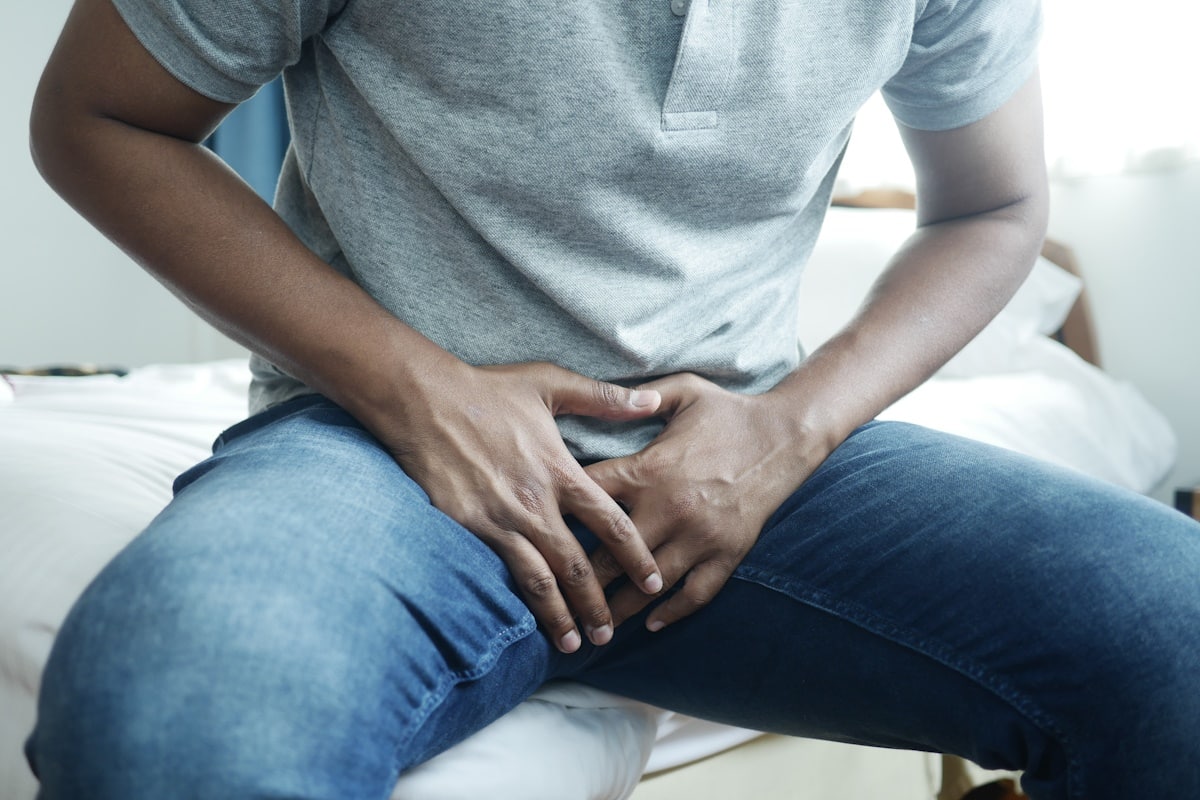Pain in one or both testicles can cause significant concern, prompting individuals to seek medical attention. While some causes of testicular pain are benign and may resolve on their own, others require immediate medical intervention to prevent serious complications.
Common Causes of Testicular Pain:
Trauma or Injury
The testicles are highly sensitive organs, and any direct blow can result in pain. While minor trauma may lead to swelling and bruising without permanent damage, severe injury can cause rupture or hematocele formation (a collection of blood around the testicle), necessitating immediate medical attention.
Testicular Torsion
Testicular torsion is considered a critical emergency—the spermatic cord anchors testicles within the scrotum, which contains blood vessels supplying them. When a testicle twists inside the scrotum, it also twists the blood vessels, cutting off blood supply to the testicle. Emergency surgery is imperative to salvage the testicle. Symptoms of testicular torsion typically include sudden pain, sometimes accompanied by nausea and vomiting. Individuals who have experienced torsion once are at higher risk of recurrence.
Epididymitis
Epididymitis involves inflammation of the epididymis, the structure adjacent to the testicle where sperm matures. Infections, often sexually transmitted diseases like chlamydia, gonorrhea, or urinary tract infections, commonly cause epididymitis. Symptoms include gradual onset of swelling, heat, and pain in the scrotum. To treat the underlying infection, antibiotics will be prescribed.
Orchitis
Orchitis is characterized by inflammation of the testicle tissue and can develop if epididymitis is left untreated. The mumps virus is a known cause of orchitis. While antibiotics are ineffective against viruses, supportive treatments such as pain relievers, rest, and scrotal support or elevation can alleviate symptoms.
Hernias
A hernia occurs when a weakened abdominal wall allows intra-abdominal contents to protrude. If the hernia is near the scrotum, it may compress the blood supply to the testicle or surrounding areas, causing pain exacerbated by activities like coughing or sneezing.
Varicocele
Varicocele involves swelling of the veins draining the testicle, typically occurring on the left side. Larger varicoceles may be palpable as a soft mass above the testicle or visible while standing. In addition to causing discomfort, varicoceles can impact male fertility. Treatment options, including varicocele repair, may be considered for persistent, severe pain after ruling out other causes.
Testicular Tumor
While testicular cancer rarely causes pain, it may present as swelling or a hard nodule within the testicle. Early detection is key to successful treatment and cure. Regular self-examinations and prompt medical evaluation of any abnormalities are crucial for early detection.
In conclusion
Understanding the various causes of testicular pain and recognizing when prompt medical attention is necessary can help prevent serious complications and ensure timely treatment. Any man experiencing testicular pain or noticing abnormalities in the scrotum should consult a healthcare professional for proper evaluation and management.
Dr. David Samadi is the Director of Men’s Health and Urologic Oncology at St. Francis Hospital in Long Island. He’s a renowned and highly successful board certified Urologic Oncologist Expert and Robotic Surgeon in New York City, regarded as one of the leading prostate surgeons in the U.S., with a vast expertise in prostate cancer treatment and Robotic-Assisted Laparoscopic Prostatectomy. Dr. Samadi is a medical contributor to NewsMax TV and is also the author of The Ultimate MANual, Dr. Samadi’s Guide to Men’s Health and Wellness, available online both on Amazon and Barnes & Noble. Visit Dr. Samadi’s websites at robotic oncology and prostate cancer 911.


